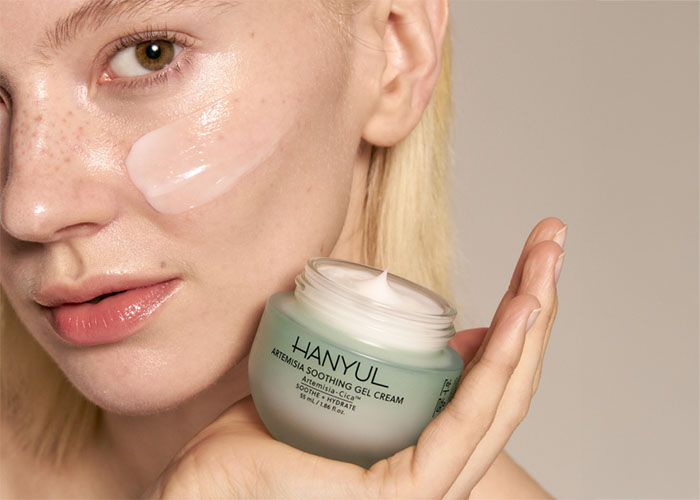Cholesterol is a kind of fat that humans need in order for the body to properly function. It aids the stability of the cells’ membrane. Clinicians have already recognised that for decades, the people with higher cholesterol levels are more prone to develop cardiovascular problems and diseases. That is why, everyone should receive a lipid test at some point to check on their heart health as it allows for action to be taken immediately, if needed.

What To Anticipate On The Day Of The Lipid Test
There are two ways you can receive a lipid test; in-clinic or at-home. These options often have two different methods in order to carry out the test.
In-Clinic
In-clinic lipid tests appointments can be booked online. They often consist of a simple blood sample taken from the patient’s arm and collected in a sample tube to be sent to a lab and examined. Typically, the blood sample will be testing for HDL cholesterol, LDL cholesterol and triglycerides. With clinic tests, results are often given in 2 working days.
At-Home
At-home lipid tests can be ordered online and consist of a finger-prick test. There will be an instructional video/leaflet included with your test to ensure it is carried out safely and correctly. You will collect your blood sample in the container provided and you will then send it off to a lab for examination. You can receive your results in 3 working days.
What You Should Do Before And After The Test
It is encouraged that you drink two glasses of water prior to your test. You may also be asked to fast for 12 hours beforehand in order for an accurate result to be obtained.
After the test is complete, to avoid any undesired bleeding you may be given a plaster or be asked to apply some pressure for a short period of time. You should be able to drive, walk and resume normal tasks after the test. You may be asked to wait a few minutes in the clinic to ensure you do not feel faint. You may wish to bring a snack or start eating again straight after your test is taken to reduce the risk of you feeling weak or unwell. For several hours after the exam, you may be instructed to avoid any vigorous movement or exercise.

Test Findings
The healthy level of total cholesterol is considered 125 to 200mg/dL. For men, levels of less than 40 mg/dL are suggested as a risk factor and for women, levels of than 50 mg/dL are considered a risk factor.
What occurs next is primarily determined by the test findings and any other health conditions an individual may or may not have. A physician may recommend no additional action or tests if the cholesterol levels do not indicate any possible health risks. However, if a patient’s cholesterol readings are high, a medical professional may advise to implement healthier lifestyle habits such as decreasing weight, exercising more often or modifying diet.
Medically to reduce cholesterol, doctors may prescribe drugs such as statins. Often, someone at risk of high cholesterol will be advised to have their levels checked more often. It is possible to be suffering from high cholesterol levels without presenting any symptoms, which is why it is important for everyone regardless of age, weight and lifestyle to have their levels checked.































